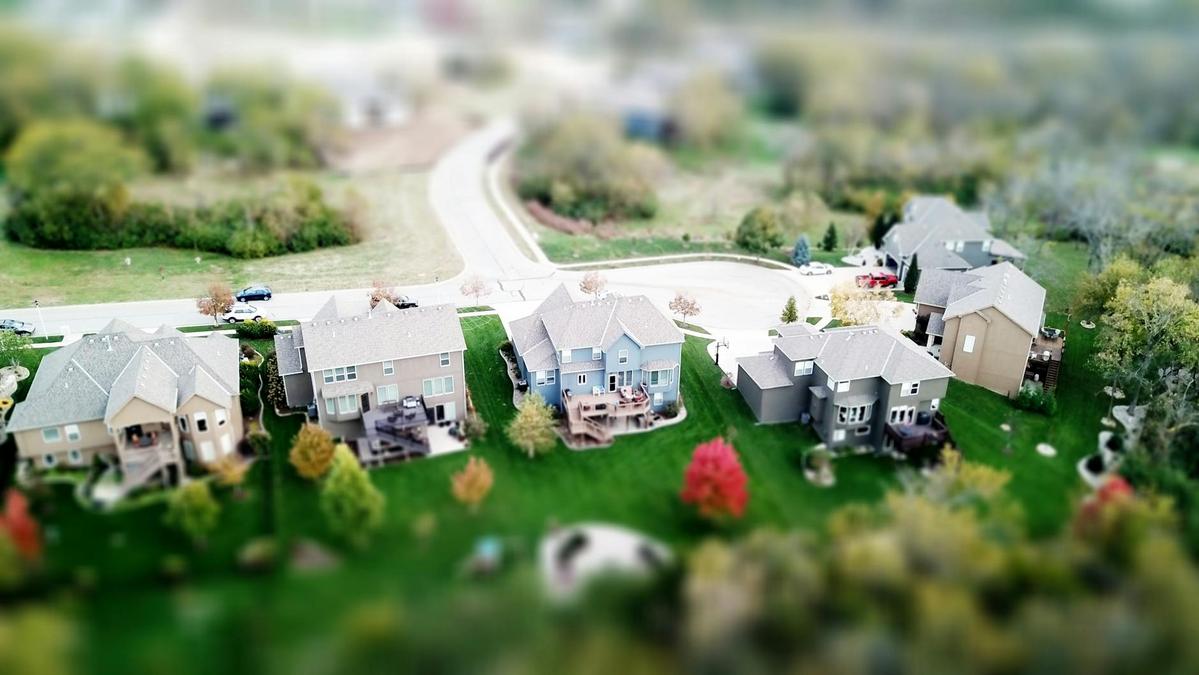As urban environments continue to expand, the challenge of creating sustainable and eco-friendly cities becomes increasingly important. Eco-conscious urban planning offers a promising path to the future, focusing not only on reducing environmental impact but also on enhancing the quality of life for urban dwellers.
Eco-conscious urban planning is a multifaceted approach that integrates environmental considerations into the development and management of urban areas. This approach is gaining traction worldwide as cities seek to balance growth with sustainability. According to the United Nations, over 68% of the world’s population is projected to live in urban areas by 2050, emphasizing the need for sustainable urban planning.
Expert Insights on Eco-Conscious Urban Planning
Urban planner and environmental specialist Dr. Emily Green highlights, “Integrating green spaces and sustainable infrastructure in urban areas is crucial for reducing carbon footprints and enhancing urban resilience.” Her insights are supported by a study from the Global Commission on the Economy and Climate, which found that sustainable urban planning can reduce greenhouse gas emissions by up to 3.7 gigatons per year by 2030.
Key Elements of Eco-Conscious Urban Planning
- Green Infrastructure: Incorporating parks, green roofs, and vertical gardens to improve air quality and biodiversity.
- Renewable Energy: Utilizing solar, wind, and geothermal energy sources to power urban areas.
- Public Transportation: Expanding and optimizing public transit systems to reduce reliance on personal vehicles.
- Water Management: Implementing rainwater harvesting and wastewater recycling systems.
Real-World Examples
One inspiring example comes from Copenhagen, Denmark, which aims to become carbon neutral by 2025. The city has invested heavily in cycling infrastructure, resulting in more bicycles than cars on its streets. This shift not only reduces emissions but also promotes healthier lifestyles.
Actionable Tips for Eco-Conscious Urban Planning
- Engage with community stakeholders to understand local needs and priorities.
- Incorporate smart technology to monitor and manage energy and resource use effectively.
- Focus on mixed-use development to reduce commuting distances and promote walkability.
Comparison Table: Traditional vs. Eco-Conscious Urban Planning
| Aspect | Traditional Planning | Eco-Conscious Planning |
|---|---|---|
| Energy Source | Fossil Fuels | Renewable Energy |
| Transportation | Car-Centric | Public Transit & Biking |
| Green Spaces | Limited | Integrated |
| Water Management | Conventional Systems | Recycling & Harvesting |
| Building Materials | Traditional | Sustainable & Recycled |
| Community Engagement | Minimal | Inclusive |
| Urban Density | Sprawling | Compact |
| Resource Use | High | Optimized |
Frequently Asked Questions
What is eco-conscious urban planning?
Eco-conscious urban planning is an approach that prioritizes environmental sustainability in the development and management of urban areas.
How does eco-conscious urban planning benefit cities?
It reduces environmental impact, enhances air and water quality, and improves the overall quality of life for residents.
Can small cities implement eco-conscious planning?
Yes, small cities can adopt eco-conscious practices by engaging communities and focusing on scalable projects.
Conclusion
Eco-conscious urban planning is more than a trend; it’s a necessity for sustainable growth. By embracing green infrastructure, renewable energy, and smart technology, cities can pave the way for a healthier, more sustainable future. As cities evolve, so too must our planning strategies to ensure they remain vibrant and livable spaces for generations to come.



Leave a Reply